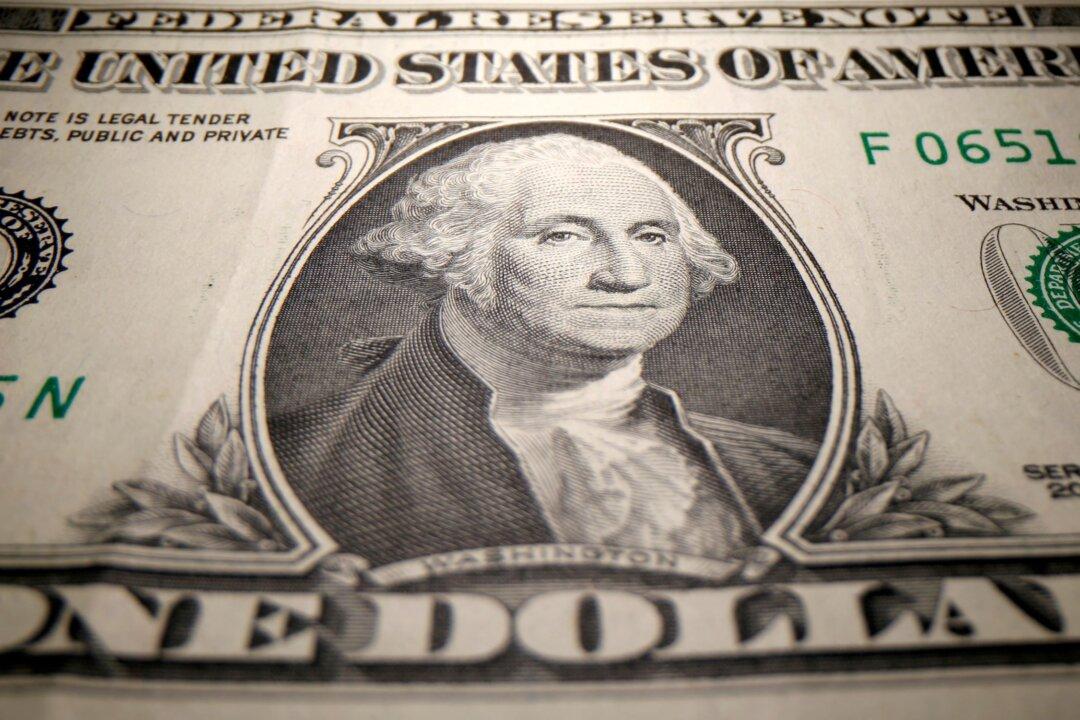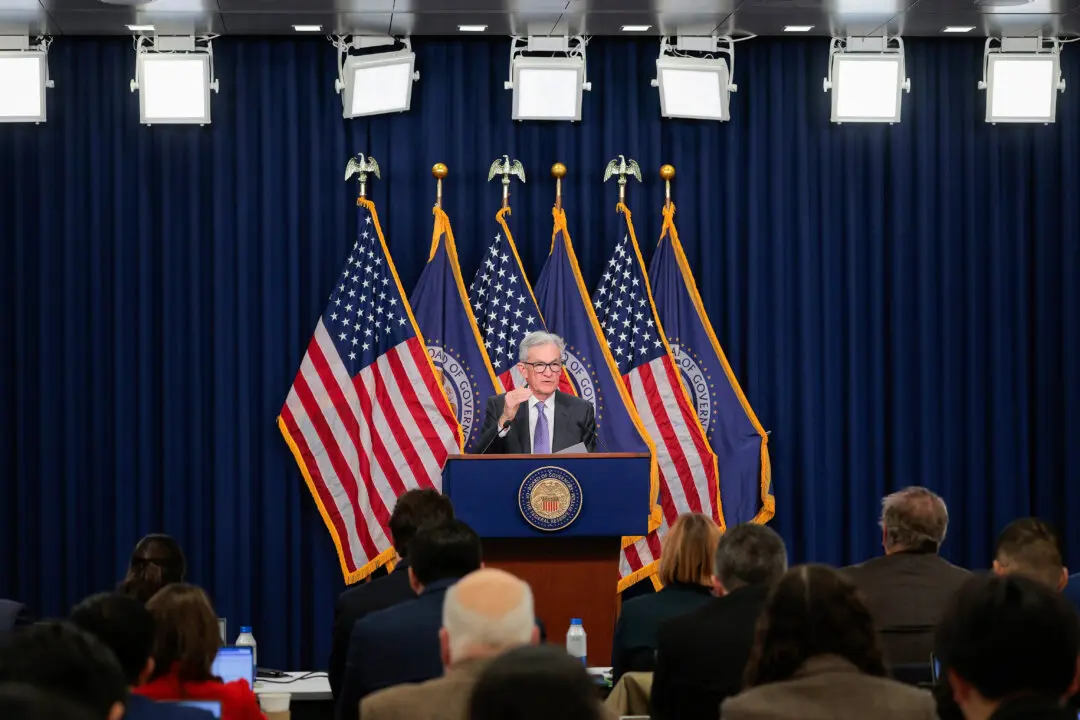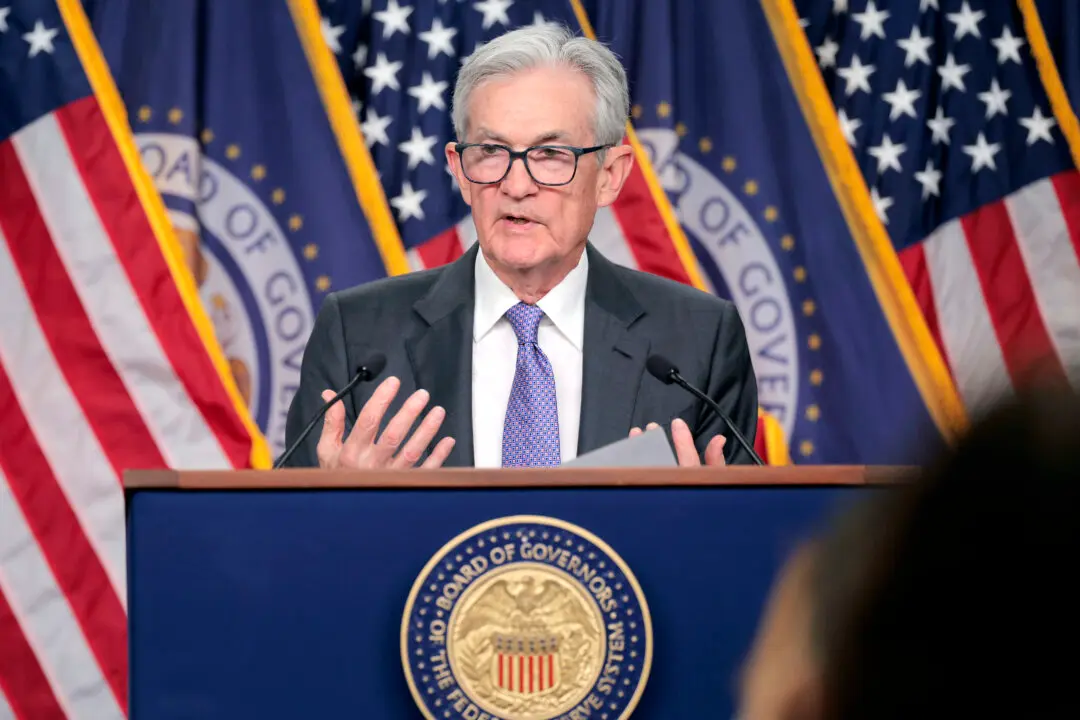A potential long-term threat to the U.S. dollar as the chief global reserve currency is the expansion of alternative cross-border payment systems, including the ones developed by China and Russia, according to a panel of experts.
Countries worldwide, especially adversaries to the U.S. government, have been developing a wide range of cross-border payment systems. While many of these efforts have yet to mirror the size of Western structures, they could pose a serious challenge in the long run.





